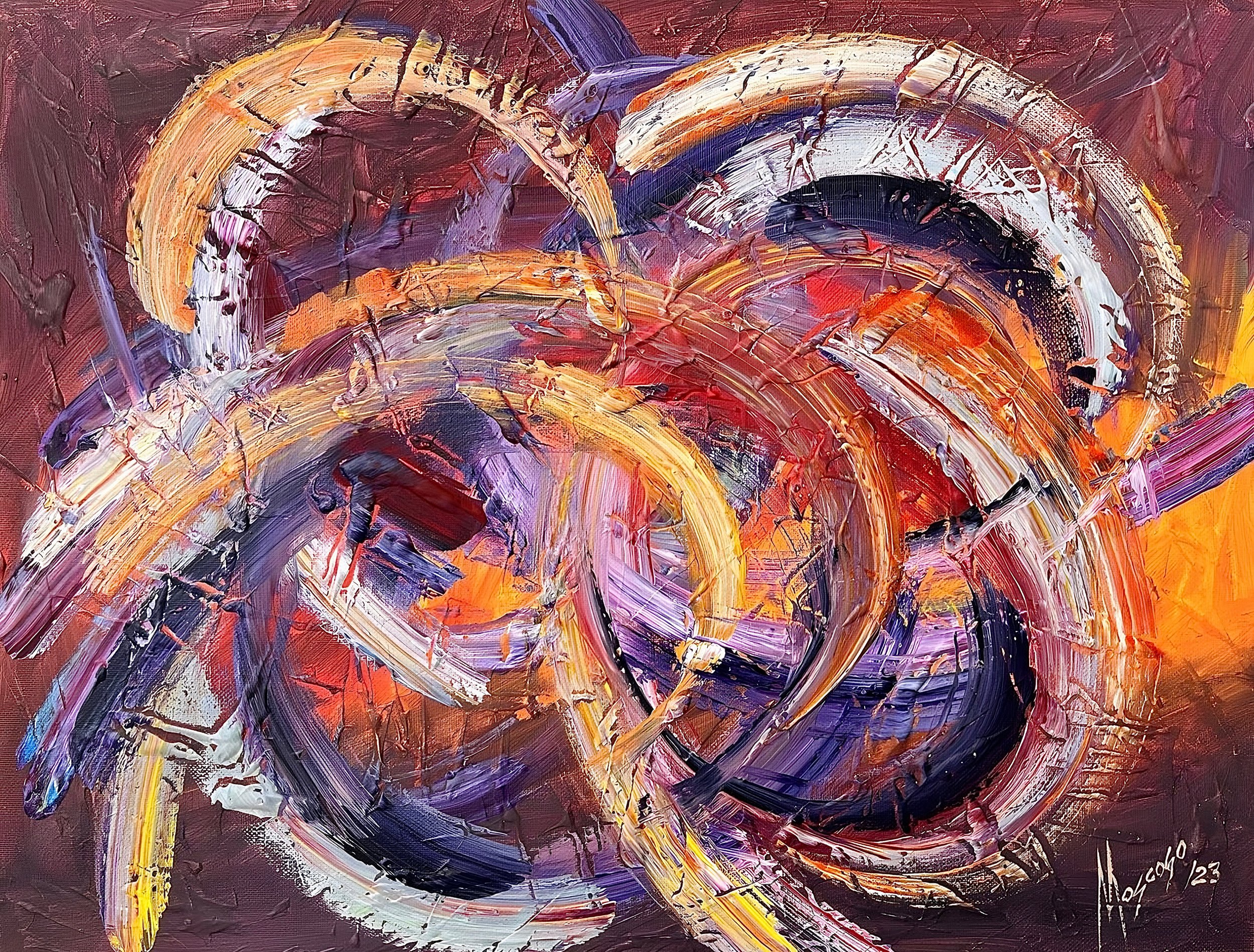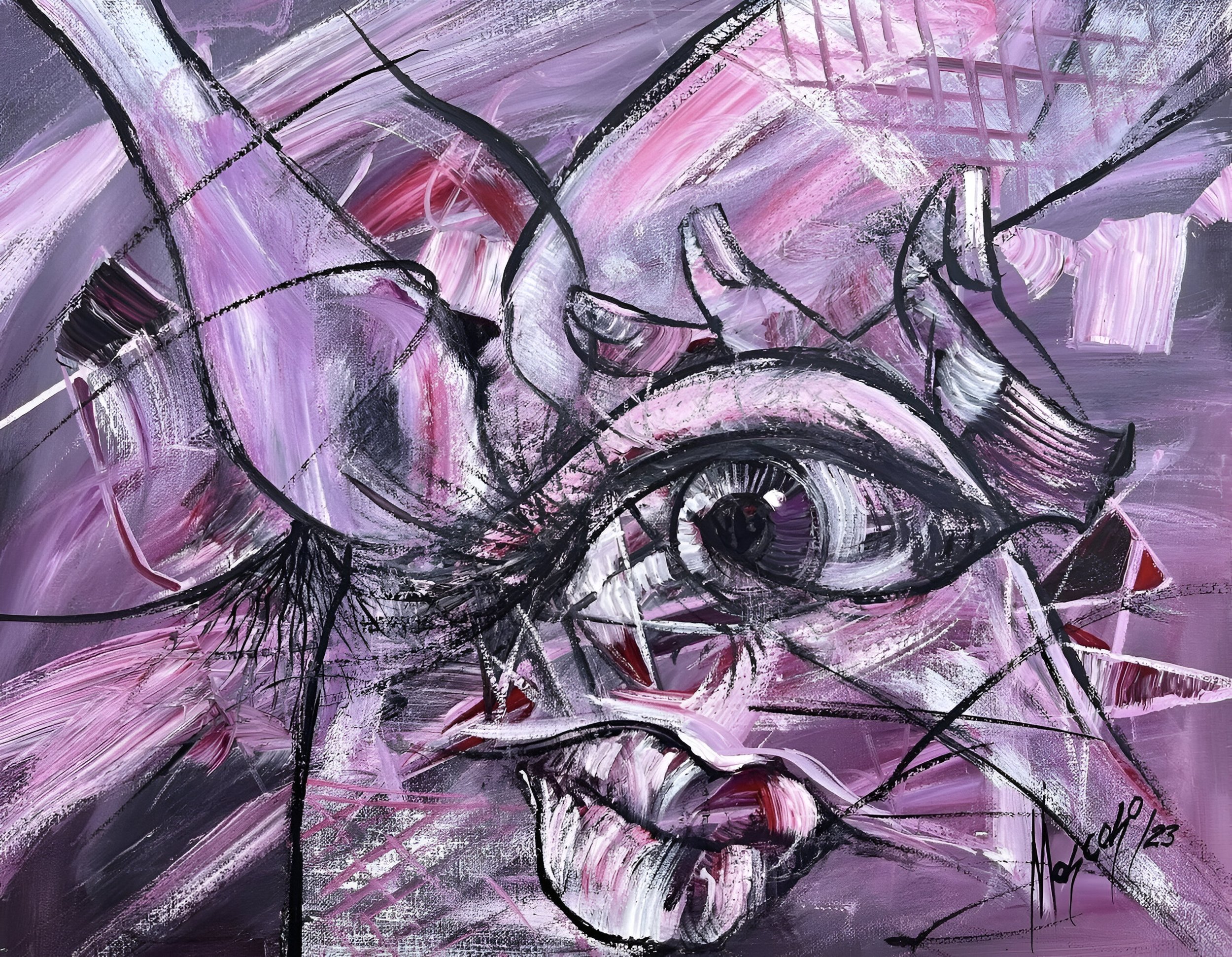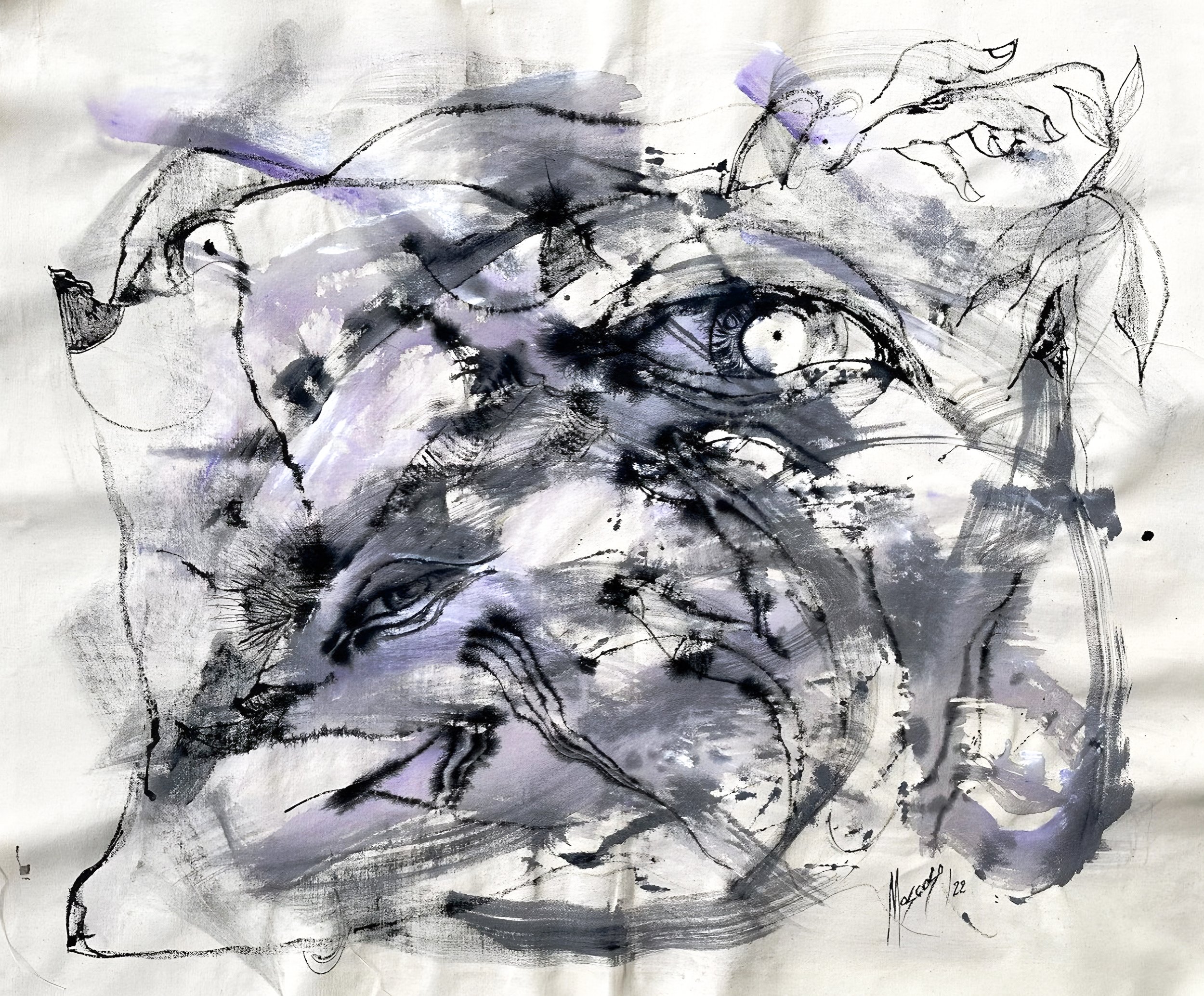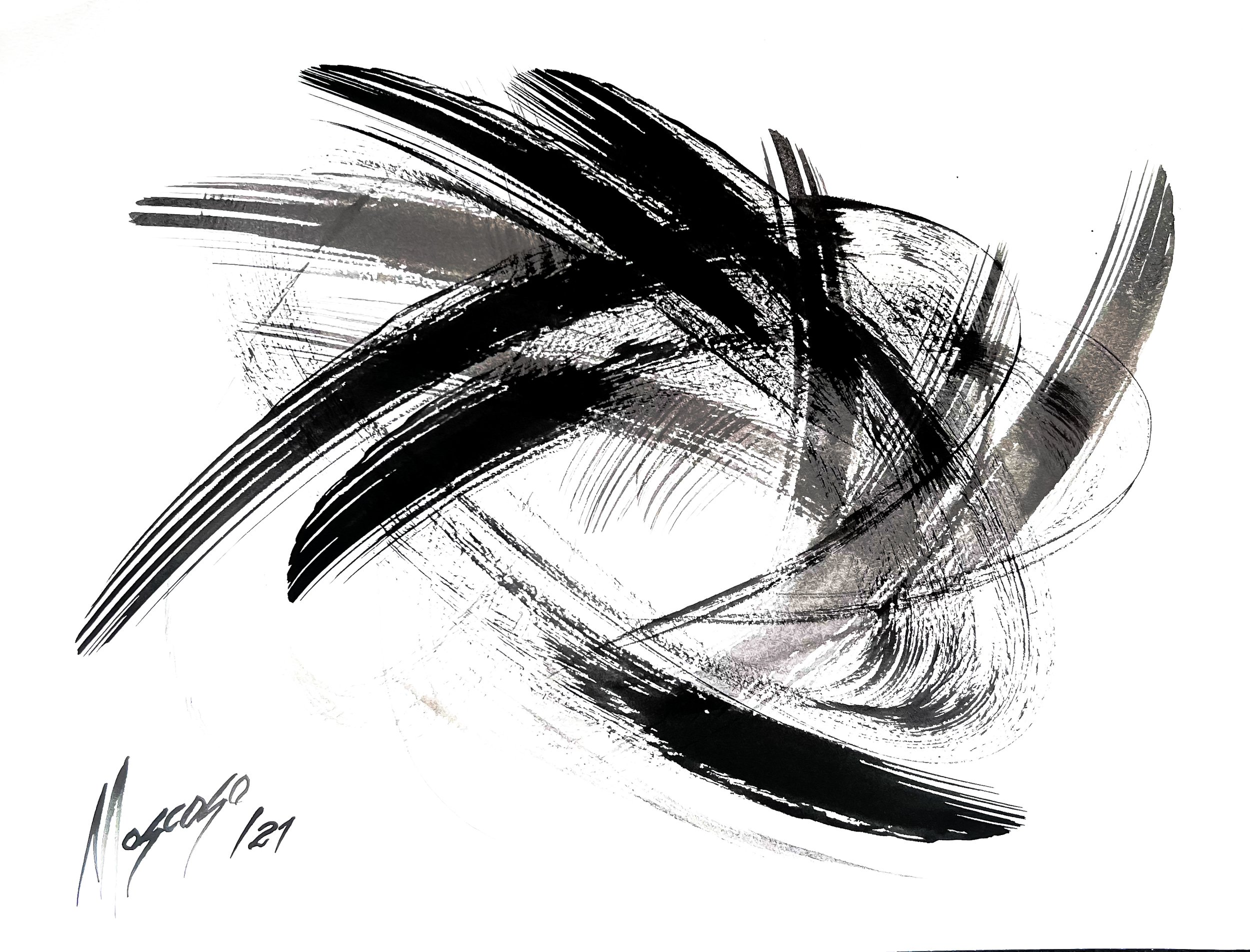PORTFOLIO
PORTFOLIO
Introducing Moscoso Art’s Portfolio: a refined exhibition of masterpieces that fuse classic techniques with modern innovation. Prepare to experience a narrative of art redefined by precision and vision.

Soul of the Earth: The series
“I’ve always been inspired by the human figure, women, nature, love, I do not have a specific theme of life itself, art is born of flow and it may be that of a single element such as a fruit, a flower, a great artist can bring forth a great work.”
- Luis Moscoso
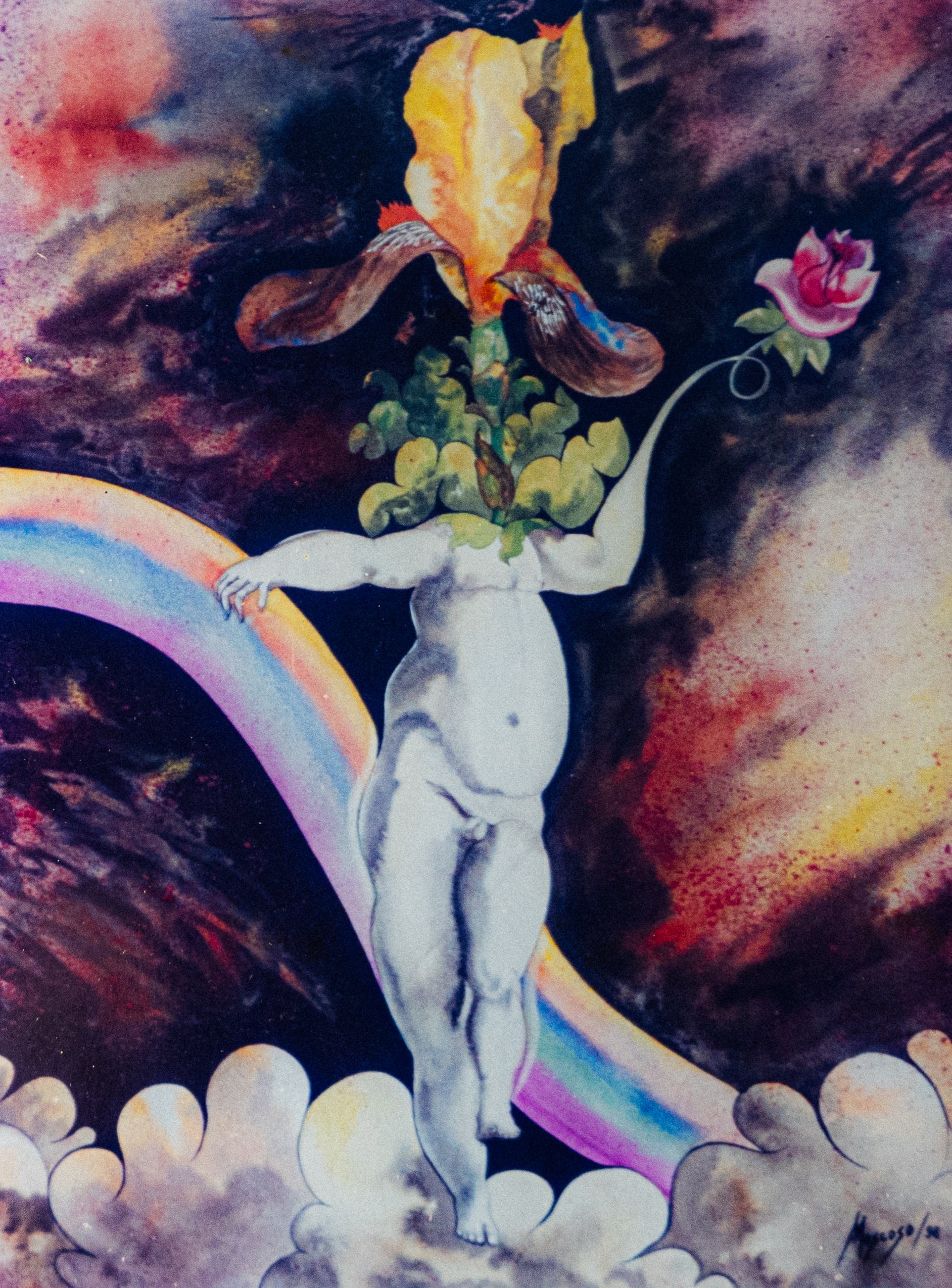




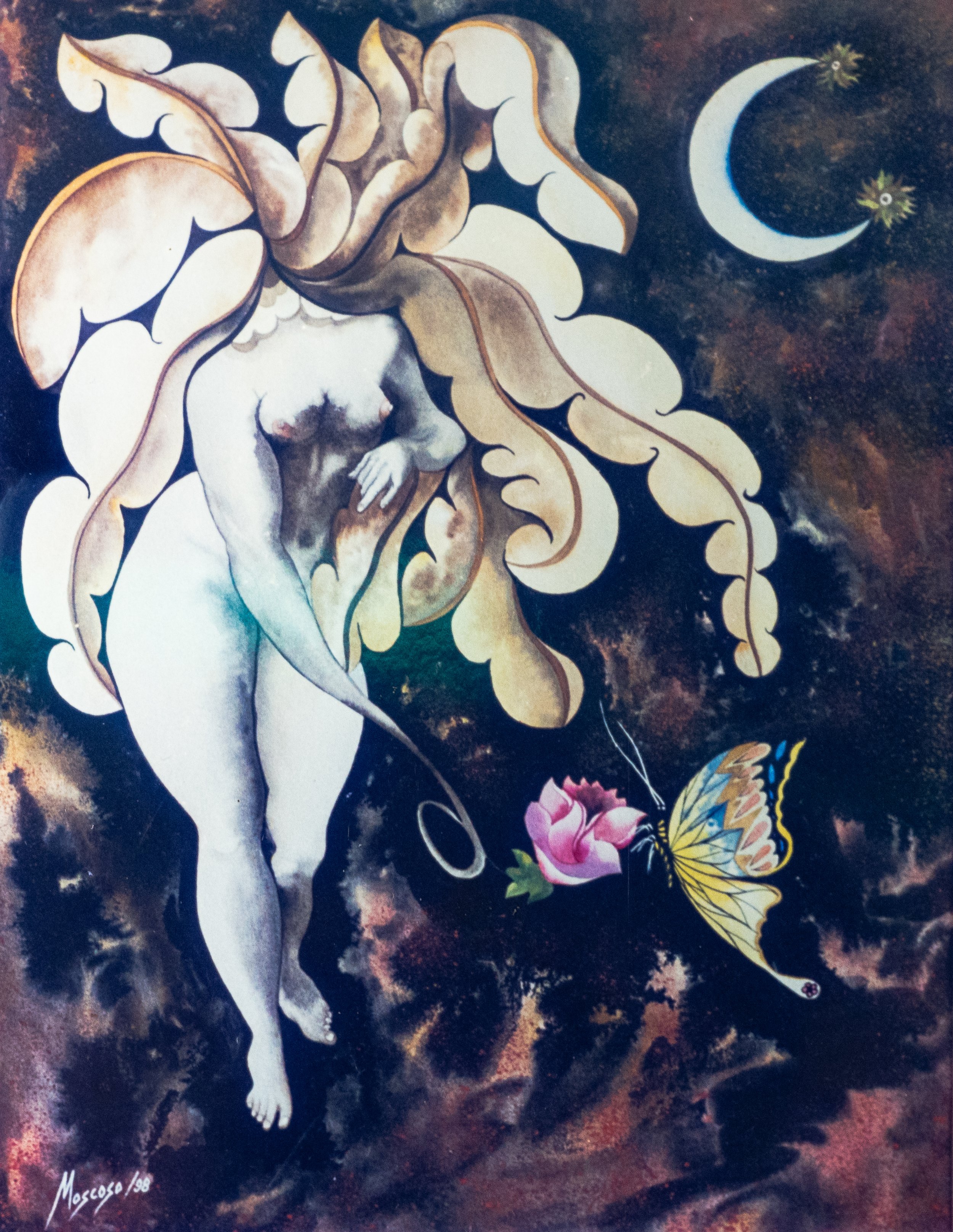


Tenderness: The series
In the Tenderness series, Luis Moscoso captures the essence of melancholic beauty, evoking profoundly human emotions. These feminine figures, reminiscent of classical Madonnas and muses, exist in a state of contemplation that oscillates between fragility and strength. Through their gazes, we perceive echoes of love, loss, and reconciliation—a slow, gentle suffering that is not bitter but inspiring, like the kind of pain that leads to transformation. Each piece invites us to explore our most intimate memories, connecting us with the maternal, the tender, and the human, while discovering beauty in the scars that shape us.


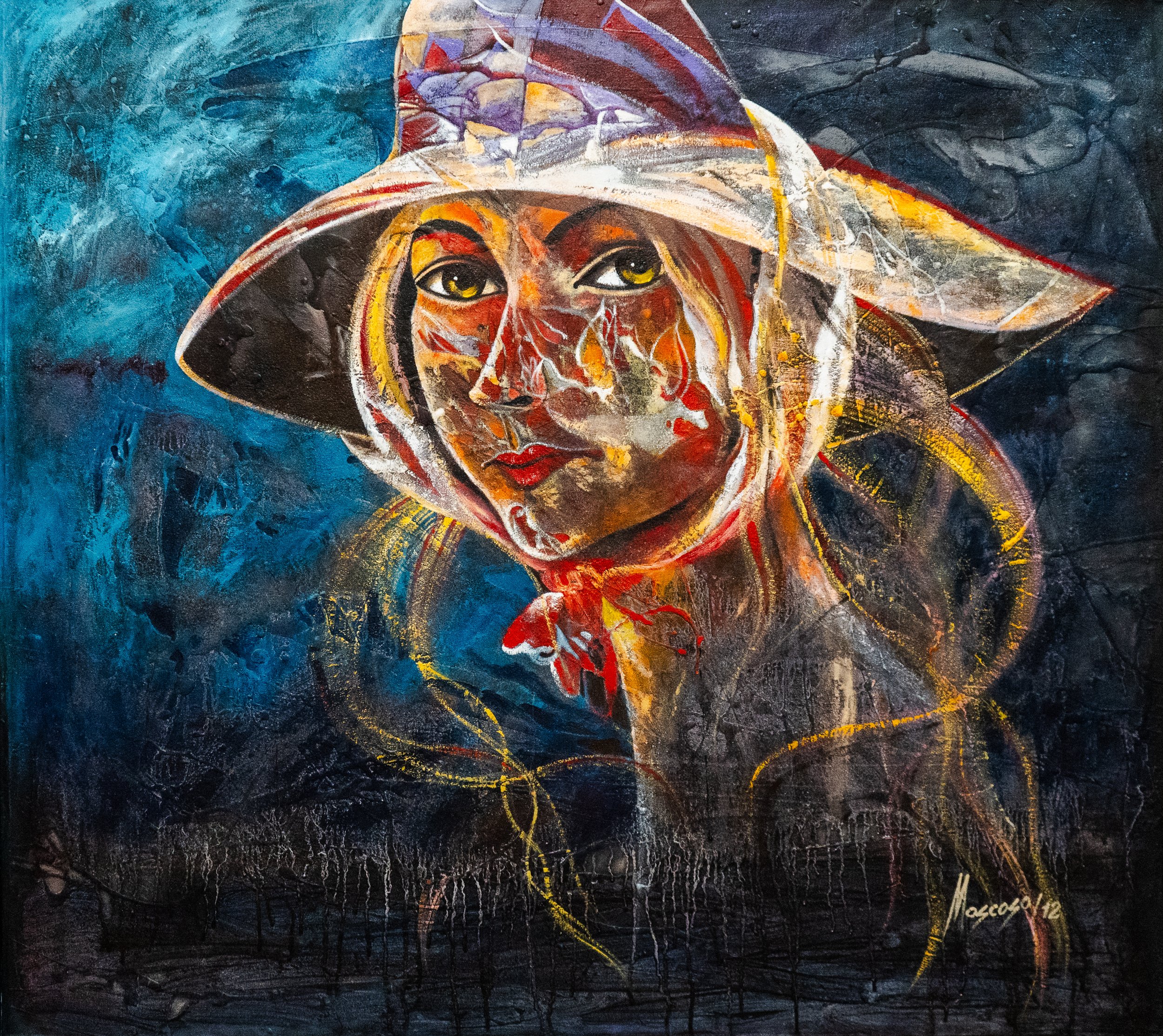


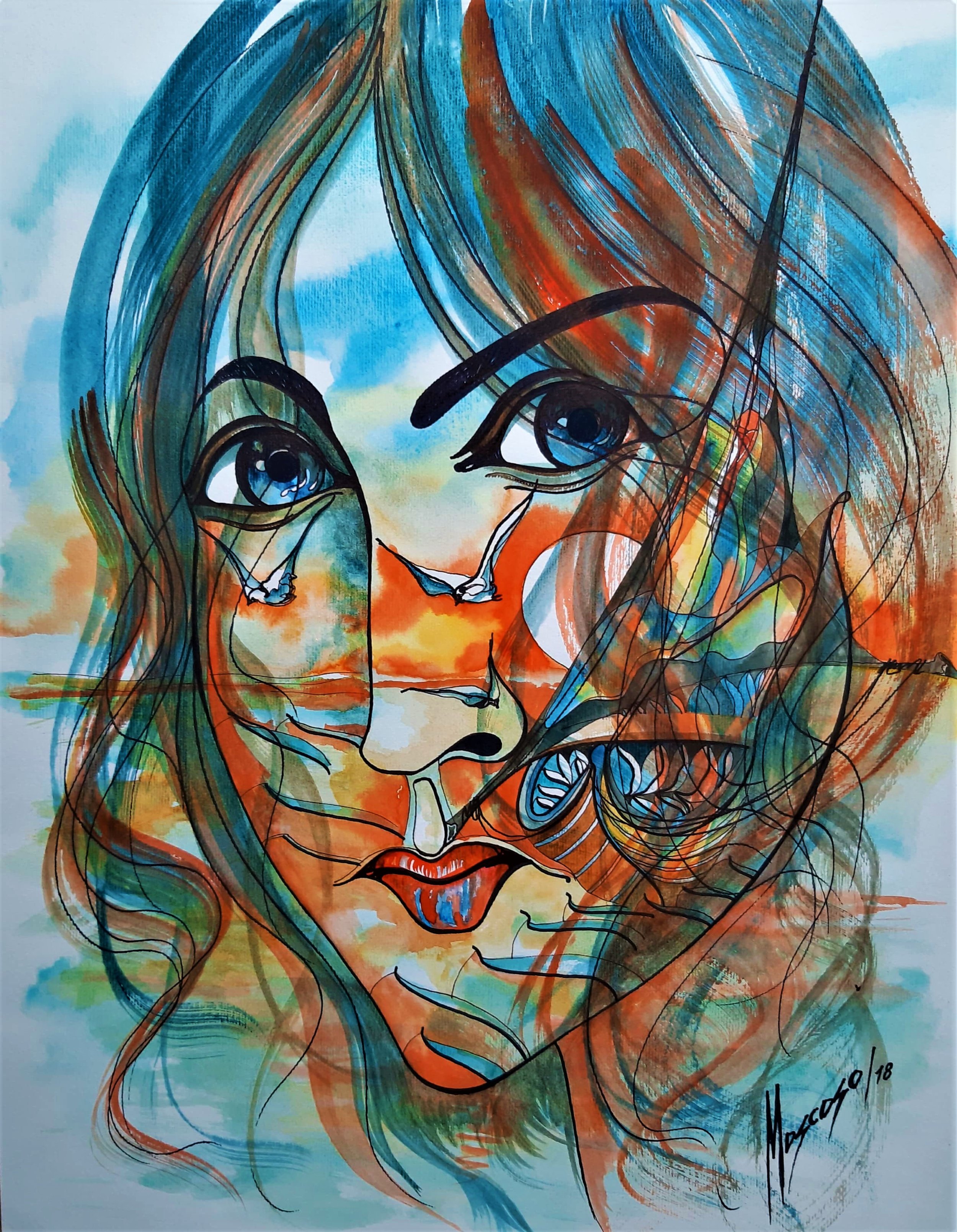
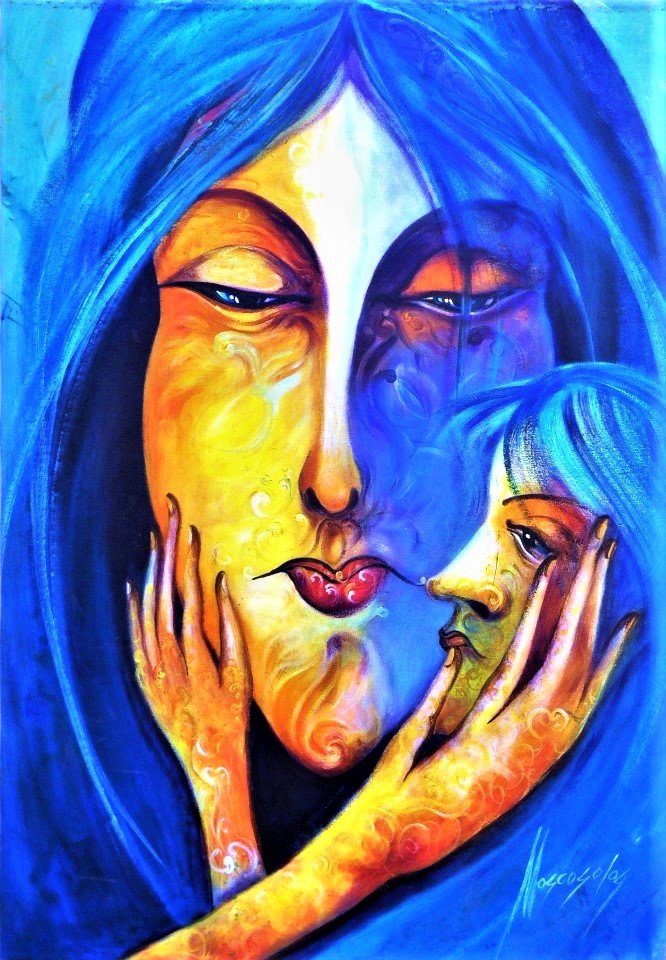

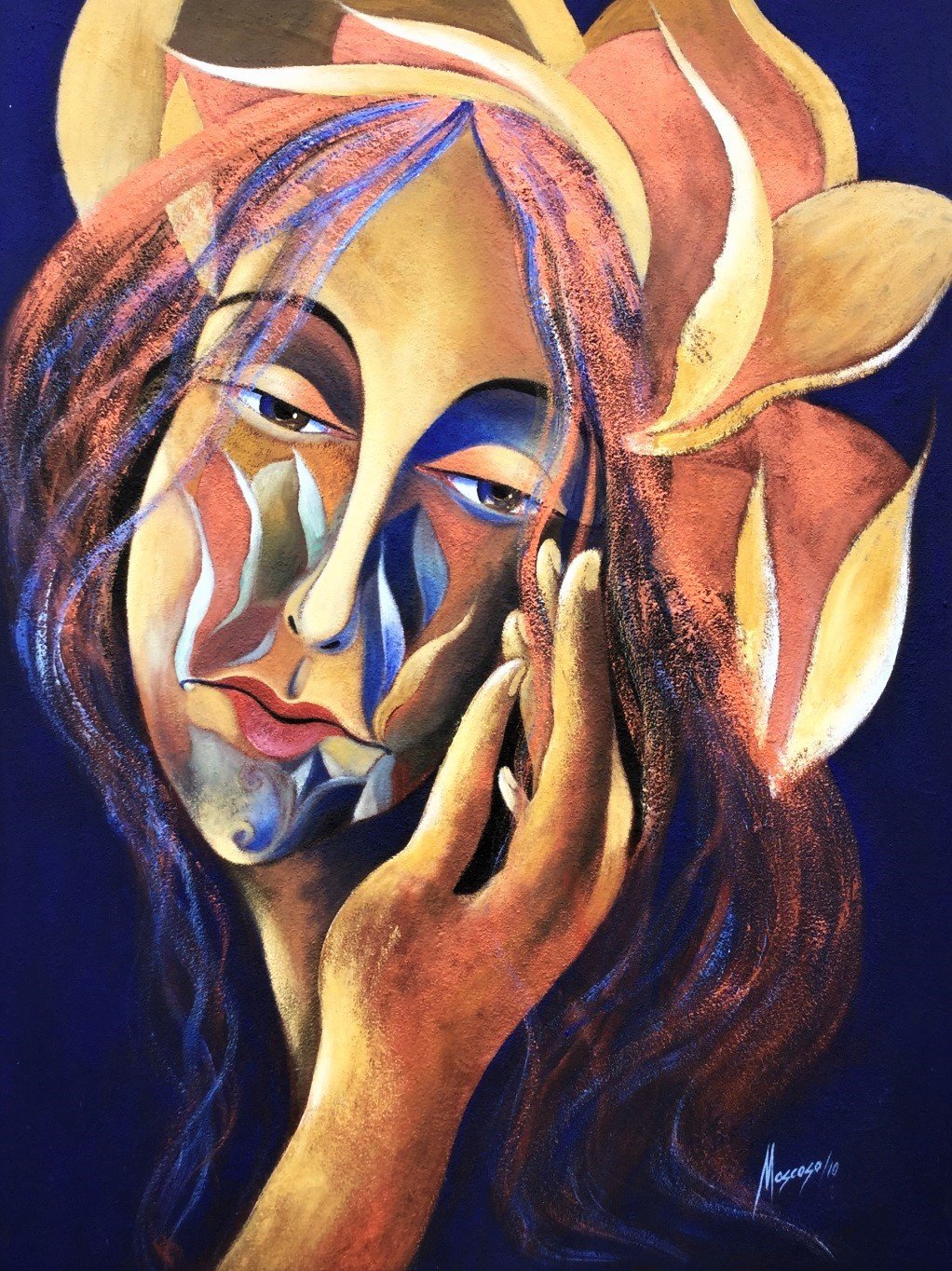

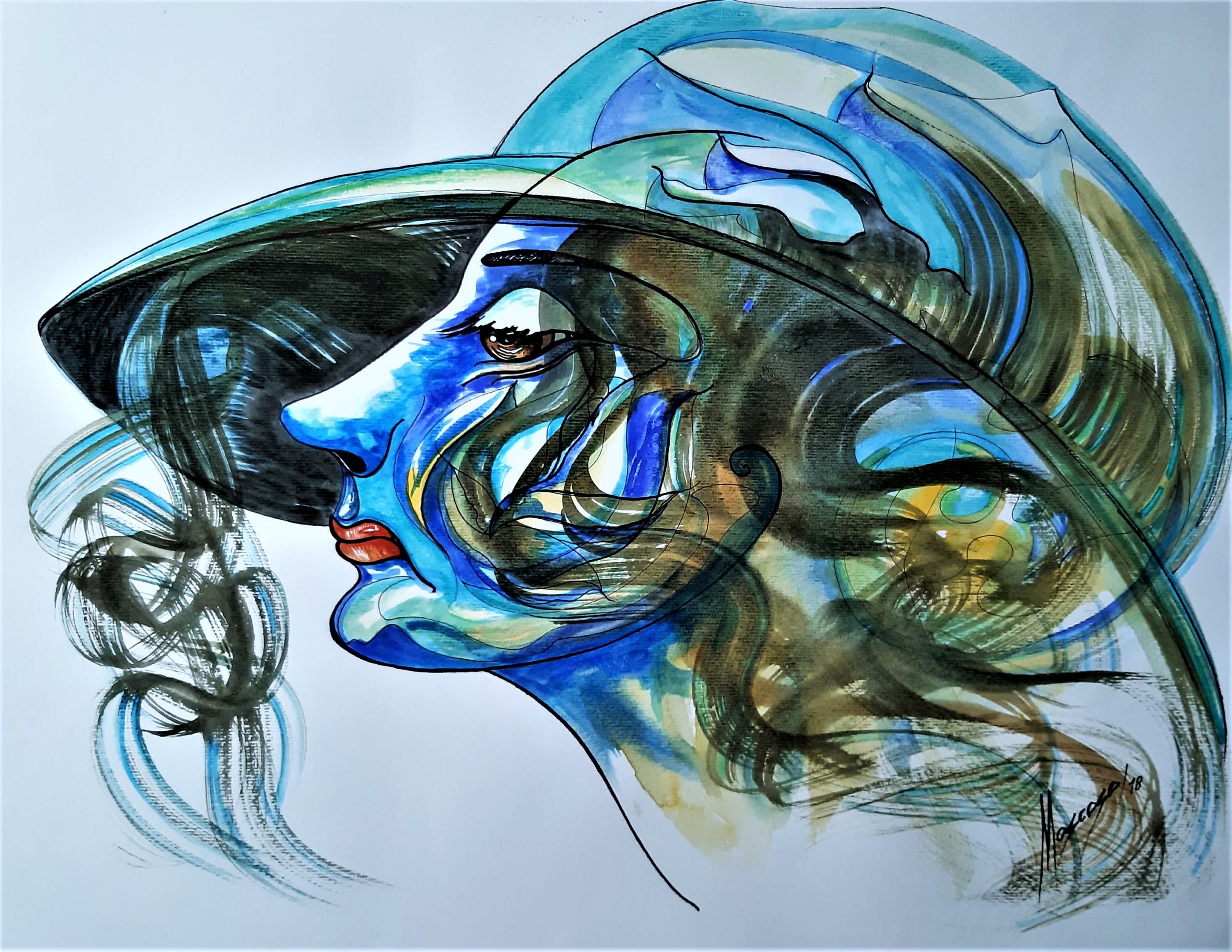
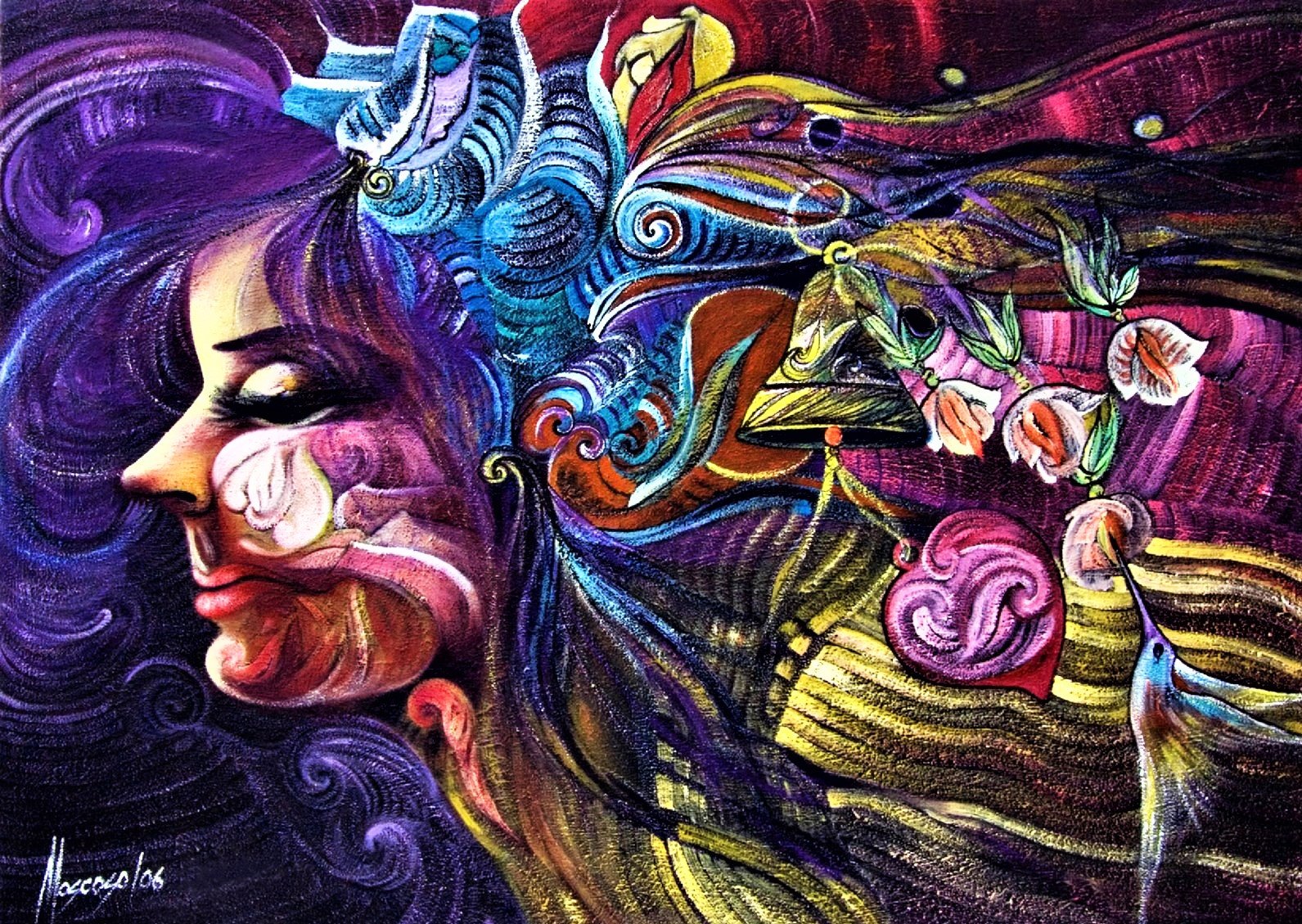
Quantum Vitality: The Series
Make the
Impossible
A reality
‘‘The Quantum Space Series is not merely an artistic endeavor; it is an exploration of existence itself and an ovation to freedom. Luis Moscoso tries to portray the universe as a tangled sea where shapes lengthen and deform trying to capture those brief and at the same time infinite flashes of matter over the walls of time.’’
- Silvio Moscoso
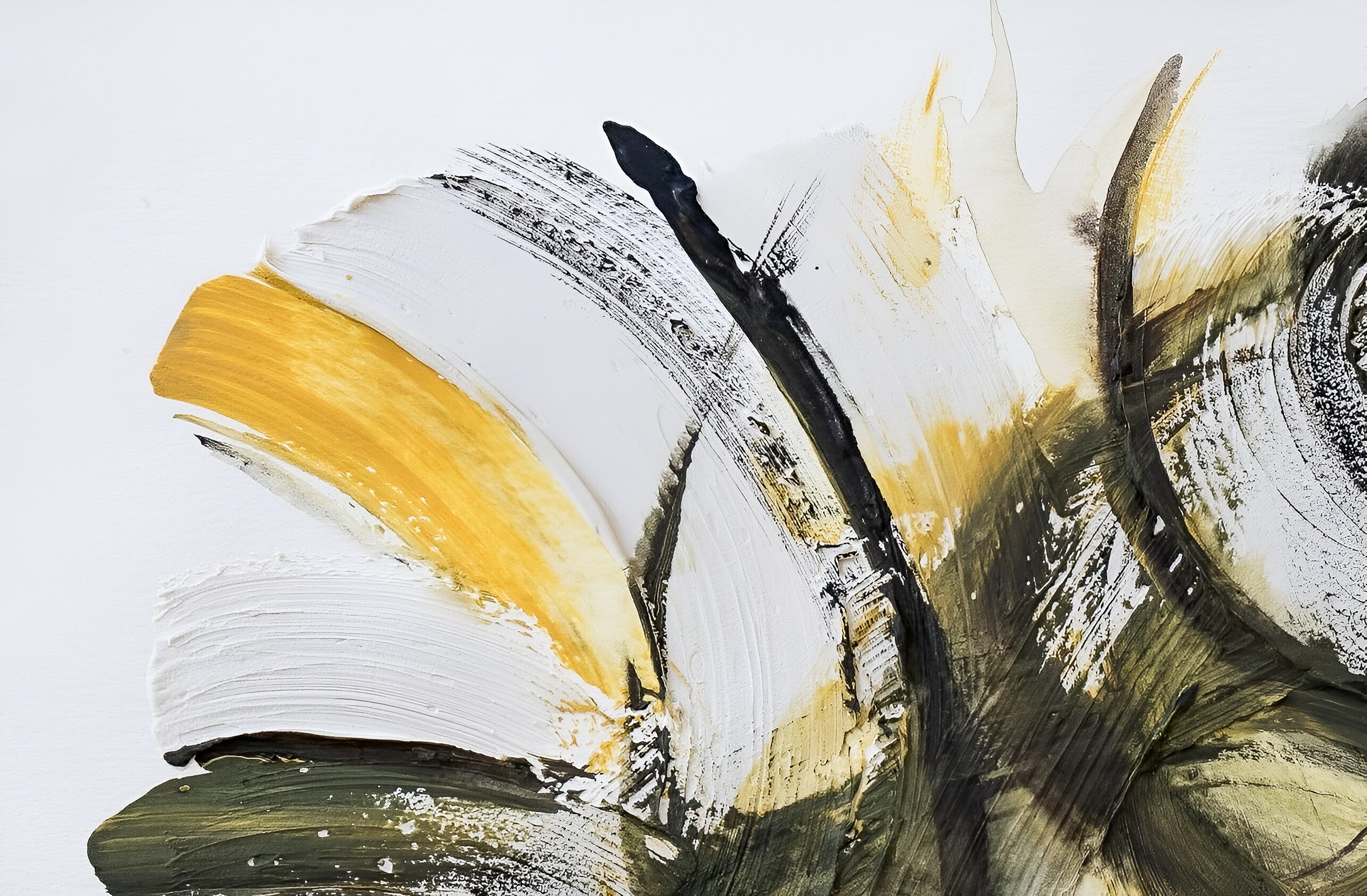
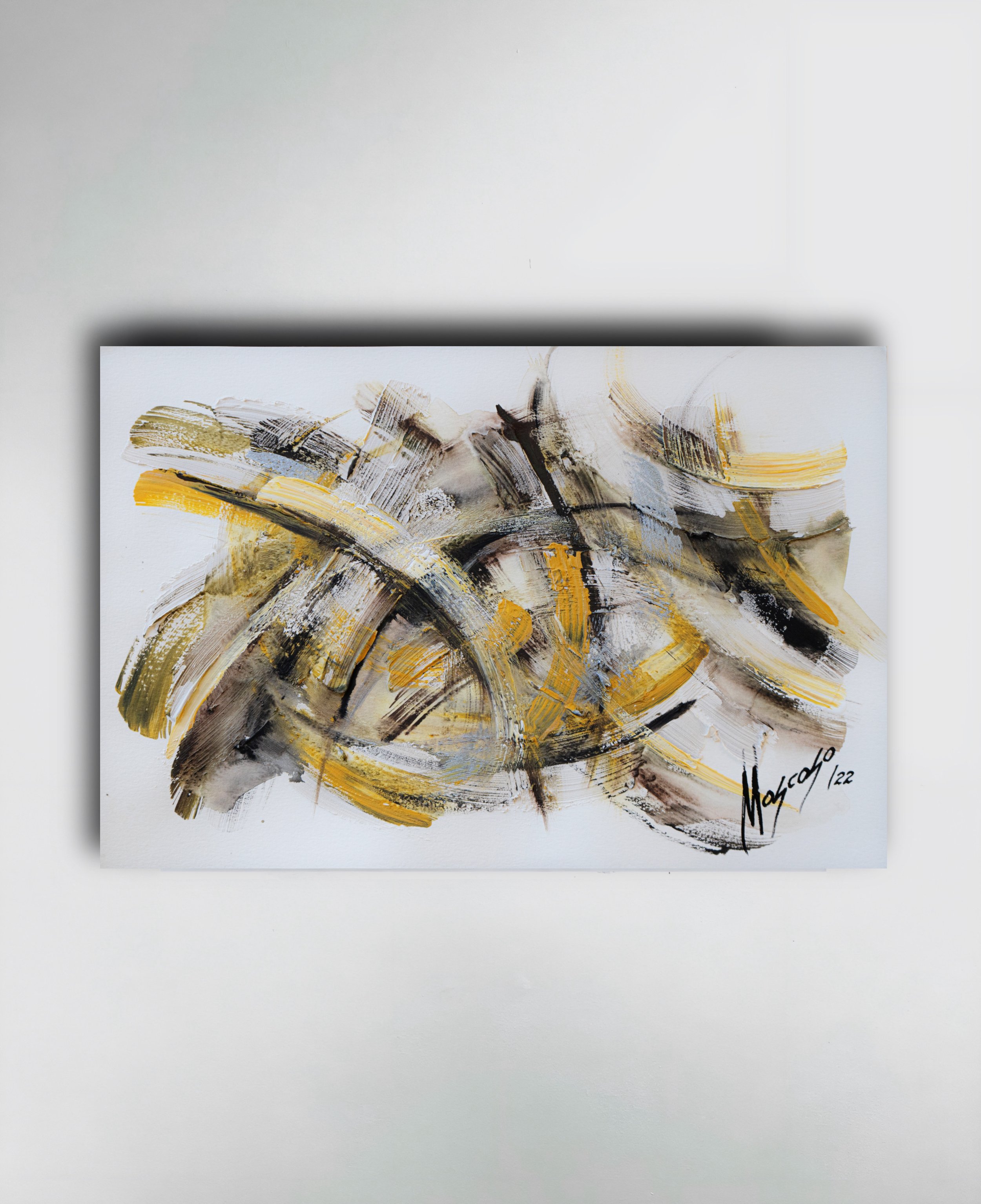

Chromatic Ether Series: The Spirit of the Shapes
It This is a series of abstracts that seeks to dive into the background of tangible figures, exploring their spiritual essence. The previous series, "Quantum Vitality", captured the strength and expressiveness in each brushstroke, but in "Chromatic Ether" Luis Moscoso delves into a deeper level, into the soul of shapes.
Explanation of the name: The term "Chromatic Ether" combines two significant elements: "ether" and "chromatic". The "ether" is a reference to the ancient philosophical belief of a fifth element that permeated the universe and that represented the soul or essence of all things. Thus, by using this term, the series seeks to express the desire to transcend the physical and delve into the spiritual aspect of forms. On the other hand, "chromatic" alludes to the range of colors that exist in the world but are only represented in this work of art with white and black that blend together and give birth to the new greyish color which is the pure essence of the spirit.
Each work in the series is an invitation to the viewer to contemplate beyond the superficial appearance of the forms, delving into the divine essence that animates them. "Eter Chromático" seeks to create a profound and provocative aesthetic experience, inviting reflection on the connection between the tangible and spiritual world, and how art can serve as a bridge between them.
Erotic Series
Luis Moscoso's erotic art stands as a quintessential embodiment of this ethos, where the syncretism of form and symbolism converges to propel the viewer into the uncharted territories of the human psyche. Through his distinctively voluminous figures, which paradoxically become intensely personal and introspective, Moscoso manages to distill the essence of human sexuality. These figures, often bordering on the surreal, meld the conscious with the subconscious, blurring the lines between desire, passion, and the realms of dreams. Each piece serves as a window into the artist's inner world, where the oniric and the sensual commingle, inviting the observer to partake in an intimate dialogue that probes the profoundest recesses of human sexuality.
Moscoso's oeuvre, characterized by its remarkable ability to interweave the personal with the universal, achieves a delicate balance between the provocative and the introspective, steering clear of the voyeuristic while embracing the profoundly human. By navigating the intricate tapestry of Moscoso's art, one is reminded of the profound potential of erotic art to transcend the mundane, to invite us into a realm where the beautiful and the sensual converge, and to inspire a deeper understanding of ourselves and our place within the grand narrative of human experience.
Conceptual Artwork
Art could take any form, any place, or object and simultaneously transcend space and time. What the artist captures in the work doesn’t necessarily have to be understood, as it is a very personal world. If we examine it closely and attentively, we can easily be drawn into its enigmas, and attempting to find meaning is simply an endeavor to read someone else’s mind.
Luis Moscoso shows us a very sincere syncretism in every piece that unveils not only the mysteries of the artist himself but also illuminates the alleyways of his deepest dreams and desires in a resonant composition that alludes to two fundamental components of the human being: body and mind. Carnal desire and consciousness merge in an intertwined dance, exploring myths, archetypes, and universal truths that reside in the fabric of humanity.
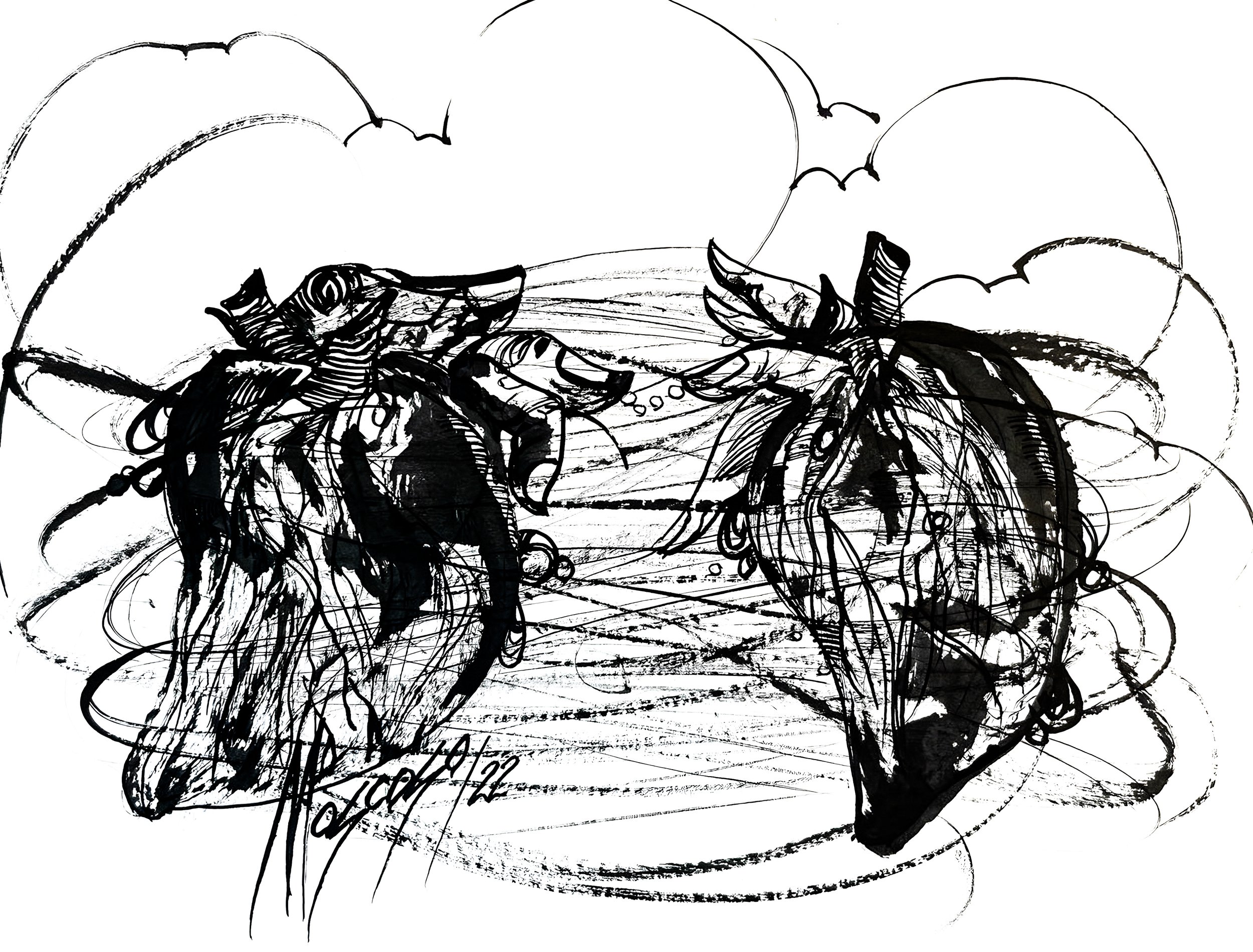
‘‘The Ingenious Gentleman: Don Quixote of la Mancha’’
An emblematic work by Luis Moscoso portraying the iconic duo of Don Quixote and Sancho Panza is a masterful evocation of the duality and intrinsic connection between these two eternal literary characters.
Through intersecting lines and an informal style, Moscoso’s work acquires an almost mystical quality. The deliberate representation of the characters is another notable aspect. While the figures of Quixote and Sancho are recognizable, their appearance blurs into a nebula of lines and stains. This approach gives the characters an ethereal and phantasmagorical quality, as if they are suspended between reality and imagination. This duality reflects the very nature of Cervantes’ work, where the line between fantasy and reality is constantly blurred.
However, beyond the masterful technique of black ink and captivating aesthetics, Moscoso’s work stands out for its ability to evoke a sense of discovery and revelation in the viewer. Despite the apparent clarity of the image, there is a feeling that there is something more, a hidden message waiting to be discovered. This sense of mystery and enigma adds an emotional depth to the work, prompting the viewer to contemplate not only the surface but also the underlying layers of meaning and symbolism.
‘‘The myth of Eros and Psyche: Love and Psyche’’
Art as a visual storytelling instrument has the ability to tell from the most obvious and literal stories to explore the deepest aspects of the subconscious and the human soul. It is said that the interpretation of these narratives is subject to the viewer's perspective and personal experience because each person who is in front of a work of visual art sees reflected in it what they already have inside, their emotions, experiences, individual perspectives, but it also pushes us to reflect and rescue certain lost debris of our own being.
In this fascinating work, the author (Luis Moscoso) narrates the Greek myth that unites Psyche (the soul) with Eros (love).
‘‘Fragments of a Certain Passion’’
Art could take any form, any place, or object and simultaneously transcend space and time. What the artist captures in the work doesn’t necessarily have to be understood, as it is a very personal world. If we examine it closely and attentively, we can easily be drawn into its enigmas, and attempting to find meaning is simply an endeavor to read someone else’s mind. Luis Moscoso shows us a very sincere syncretism in this surreal piece that unveils not only the mysteries of the artist himself but also illuminates the alleyways of his deepest dreams and desires in a resonant composition that alludes to two fundamental components of the human being: body and mind. Carnal desire and consciousness merge in an intertwined dance, exploring myths, archetypes, and universal truths that reside in the fabric of humanity.
This work is a constant reminder that art is a powerful tool to unravel the deepest secrets of the mind and connect humanity. In the future, when new generations analyze history, they will be able to decipher it through art, the legacy we have created in the impulse to understand ourselves, and this will be the most civilized vestige they can find.
Zen Art
Zen Art is a form of art that values freedom and spontaneity above all else. It considers that it is only through detachment that our true self can be conveyed in a painting.
Despite being a Buddhist school, Zen’s ideas regarding painting and even its discourse regarding its function do not come from that tradition. These ideas were absorbed from Chinese Taoist philosophy and synthesized in the Chinese version of Zen (Chan).
Zen art seeks to appeal directly to the
human spirit. To achieve this, it endeavors to rid itself of rigid technical processes, strict canons, specific language and traditional Buddhist iconography. This is done with the aim of connecting with the human instinct.
Throughout his life and work, Luis Moscoso has employed Zen art and its philosophy as a fundamental expression of his creativity and artistic vision. Inspired by simplicity, spontaneity, and connection with the essential, Moscoso has found in Zen a path to explore the depths of his own being and convey that experience through his art.
We Invite You to Read our Blog


























